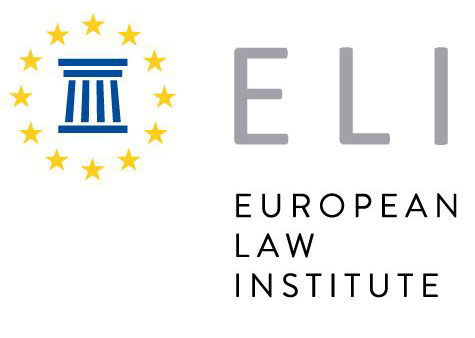ELI Case-Overload at the European Court of Human Rights: An Update
Quick Facts
Project Type: Statement
Procedure: Regular
Adopted: 4 March 2025
Project Period: March 2025–October 2026
Events
An overview of past and upcoming events of this project is available here.
Background
The European Court of Human Rights (ECtHR) has long been a cornerstone in the protection of human rights within Europe, offering individuals a last resort to seek justice when national remedies are exhausted. However, the Court has been grappling with an increasing caseload that has placed significant strain on its resources and capacity to deliver timely judgments. Since the creation of the single Court system in 1998, the volume of applications submitted to the ECtHR has steadily grown, affecting/impairing its ability to manage the ever-expanding workload effectively.
In 2012, the ELI published the Statement ‘Case Overload at the European Court of Human Rights’. This document laid out a few key recommendations aimed at putting the Court in a better position to cope with its caseload, including expanding the use of single-judge procedures, refining priority policies and introducing a treaty amendment empowering the Court to give advisory opinions to national courts. Most of these recommendations have since found their way into the ECtHR’s procedures and working methods in one way or another, leading to improvement in the Court’s output. However, despite these efforts, the volume of pending cases remains significant, with around 60,000 applications awaiting judgment as of early 2025.
The nature of the Court’s caseload has evolved, with a growing proportion of pending applications requiring more complex, collegial judicial review, compared with the situation in 2012 when manifestly inadmissible applications made up a large part of the caseload. Furthermore, the Court is now facing the challenge of dealing with politically sensitive cases, such as those related to political crises and conflicts in member states, which are consuming a disproportionate amount of its limited resources.
Aim
The project aims to evaluate the effectiveness of past procedural reforms and to identify further measures susceptible of enabling the ECtHR’s case-processing capacity to match the caseload. By examining legal, procedural and institutional developments since 2012, the study will provide concrete recommendations to help the Court to raise the level of its case-processing efficiency, ensure timely adjudication and, thereby, enhance its ability to uphold human rights effectively. To that end, the project will explore potential treaty amendments, procedural modifications and best practices.
Outcome
The project will result in a comprehensive set of reasoned recommendations, offering practical guidance to enhance case-processing at the ECtHR. These proposals will support not only the Court but also national courts, governments, legal practitioners, NGOs and human rights bodies engaged in the Convention system. By providing a detailed analysis of case-management challenges and potential solutions, the project will contribute to a broader debate on judicial efficiency, subsidiarity and the future of human rights adjudication in Europe.
Project Reporters
Advisory Committee Members
Members Consultative Committee
- Gianluca Grasso (MCC Chair)
- Lorena Bachmaier Winter
- Paola Iamiceli
- Maria Rosaria Maugeri
- Oliver Mader
- James Wolffe
- Remo Caponi
- Ilaria Pretelli
- Felix Steffek
- Elizabeth S. Stong
- Gabriel M. Lentner
- Elisabetta Silvestri
- Valentin Rétornaz
- Albert Henke
- Maria Filatova
- Louise Ellen Teitz
- Anabela Gonçalves
- Alexander Arabadjiev
- Jerca Kramberger Škerl
